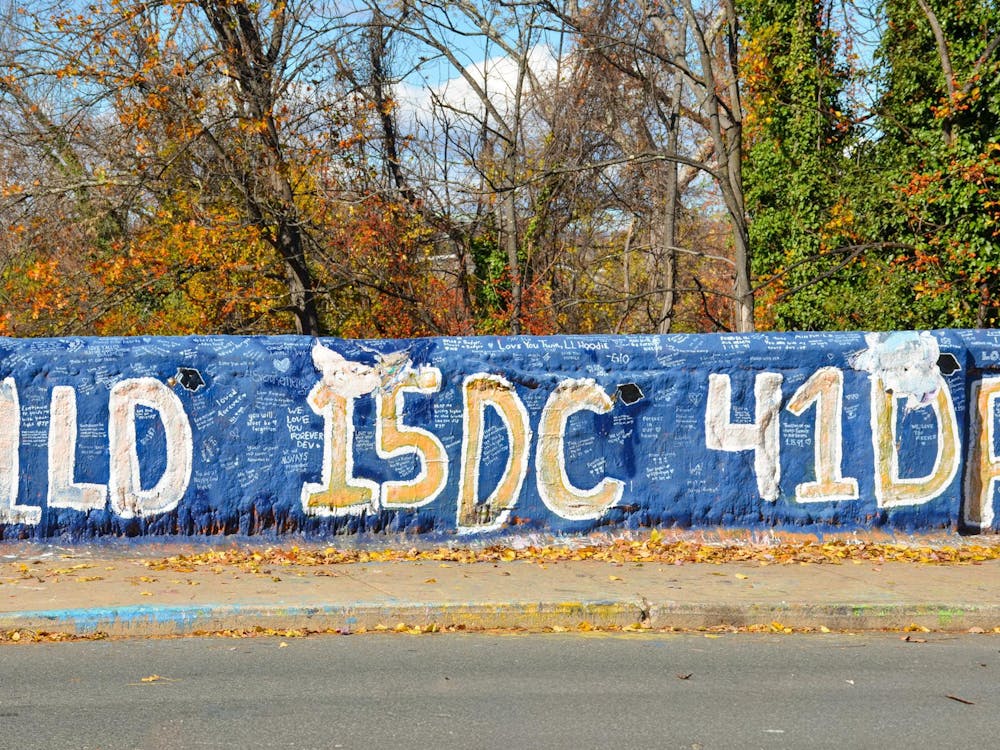Even with all the building projects currently underway at the University, the construction doesn't seem to stick out too much. And the huge white walls lining the west entrance of Newcomb Hall keep things even more unobtrusive.
But behind the construction site doors, there is more going on than meets the eye.
Since the renovation of Newcomb Hall in 1996, many have complained about the wave of cold air that greets them throughout the winter and the sticky heat build up in the summer.
Because of a heating and air conditioning problem in the building, people passing through or working in the small area are always uncomfortable.
Funded by Newcomb Hall and managed by Bill Blodgett of Facilities Management, the current project is an effort to remedy the poor circulation in the small vestibule at the doorway.
By adding four fan-coil heating and cooling units and one air curtain above the doorway, the construction will make the climate more comfortable for everyone, Newcomb Hall Maintenance Supervisor Tony Santana said.
According to Santana, the information desk facing the Newcomb Hall post office originally was turned toward the western entrance of the building.
"But it was moved because of the existing wind tunnel," he said. "The post office and information desk staff get extremely cold in the winter."
Consequently, the planning for the project began about a year ago and "was a done deal before budget cuts were announced," Santana said.
The construction began last Monday and is predicted to be finished by the end of October. And so far, there haven't been any complaints.
"The dust partitions are up to keep dust in one area," Santana said. "The project is very much concealed."






